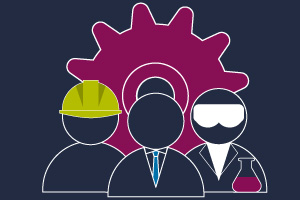Purpose
The Technical Meeting enables us to understand your R&D activities, so we can write the best possible technical narrative to support your claim.
What we’ll gather
- A list of projects you worked on during the claim period.
- Projects can have started before the claim period, but only R&D expenditure within the claim period can be included.
- We only need technical information at this stage (for more information on the financial side, contact your assigned Senior Data Analyst whose details can be found in your welcome email).
- The length of our meeting will depend upon the number and complexity of your projects – but 60 minutes would be typical.
During the Meeting
During the meeting:
- We’ll identify several individual projects to be written up.
- For each project, we will drill down into the discussion topics mapped out below.
- You don’t need to prepare answers or notes in advance, as long as you – or one of your team – are able to talk around and about the topics.
Discussion Topics
Project Title
A short, descriptive title – We can advise on this during our meeting.
Key Dates
Start date: When (month/year) did the R&D work begin?
End date: Has the work been completed? If So When?
Key People
Employees
List all employees who contributed to the R&D and briefly outline the following:
- 1-3 key employees
- Percentage of time spent on the project
- Job title
- Project role
- Qualifications & Experience
Employee Example

Contractor(s)
Briefly outline details of each contractor who contributed to the project:
Project Contractor Example

Background to the Project
Why did you undertake the R&D?
- To solve a problem that you (or a client/customer) were experiencing?
- To capitalise on an opportunity?
What was the vision for the future?
- What would be created?
- Who would benefit, what would it offer – and how?
Technological Baseline
- Were there any solutions already in existence, that could solve your problem, or that could be adapted to solve your problem?
- Were you extending or building upon an existing product or solution – or creating something entirely new?
Technical Challenges, Advances and Uncertainties
This section is very important. It is the key to demonstrating that your work should be considered as R&D rather than business-as-usual development.
- What were the technical challenges that you had to overcome in order to achieve your vision?
- You may not have succeeded in overcoming all of these challenges – failures should be documented, as well as successes.
Work Carried Out
- What technical options were considered (design options, materials, tools)?
- What technical solutions were chosen – and why?
- Were all of the intended challenges/advances achieved?
- What problems did you encounter along the way, and how did you address them?
- What was the status of the work at the end of the qualifying period?
After the Meeting
- After the meeting you will receive a draft of the report for approval.
- Your approval is needed before your claim can be progressed to the next stage.

